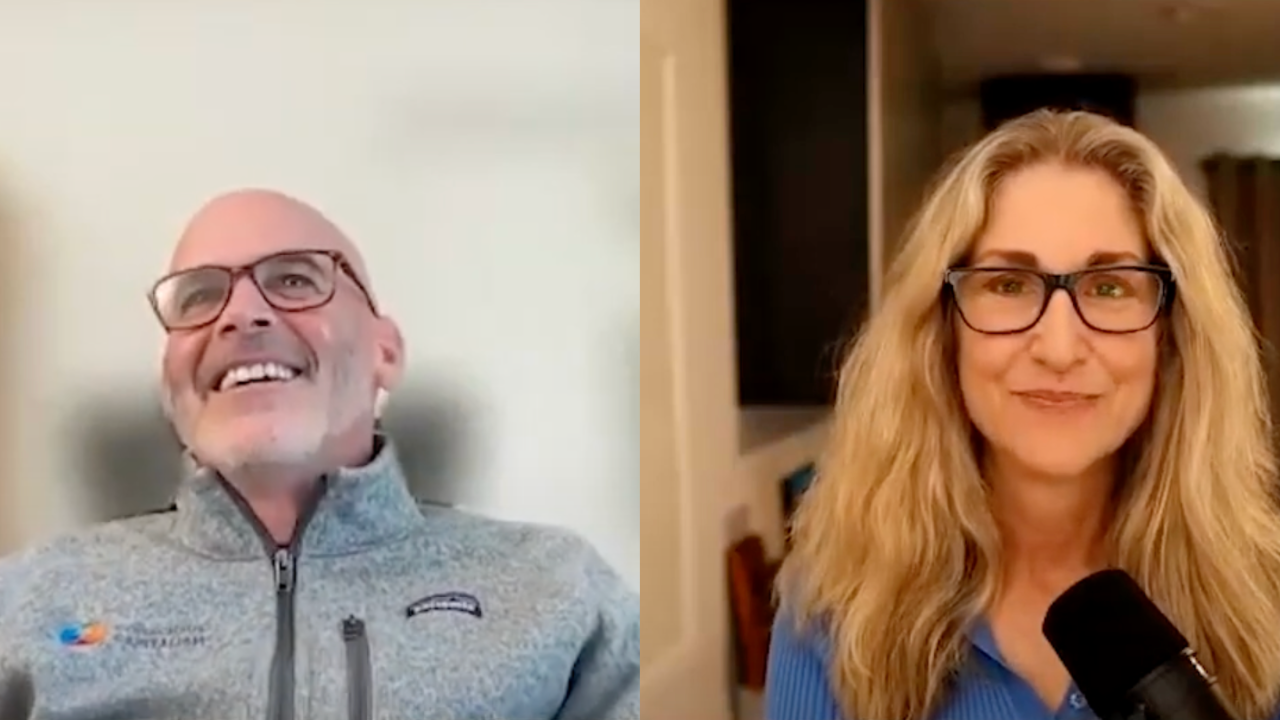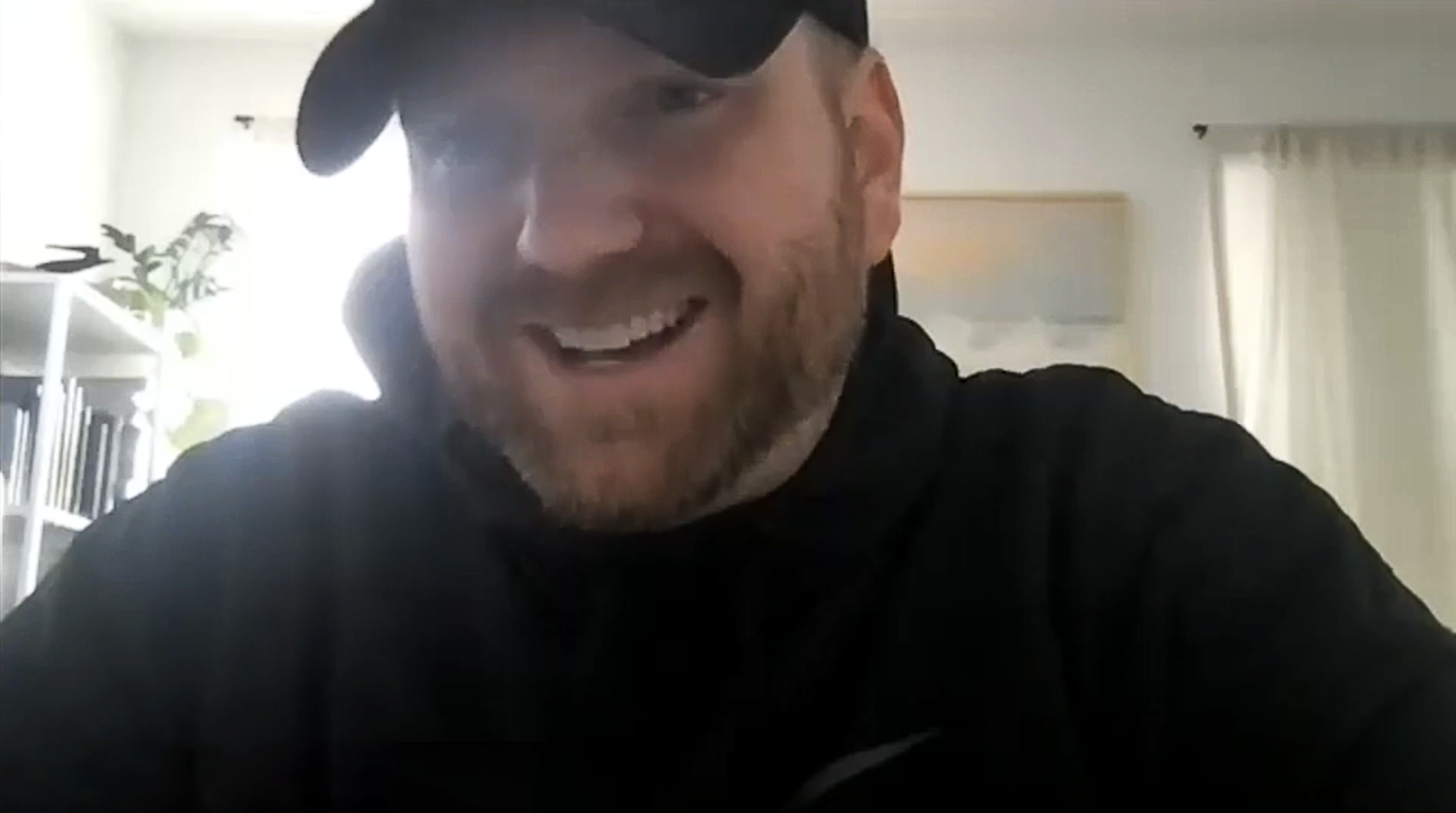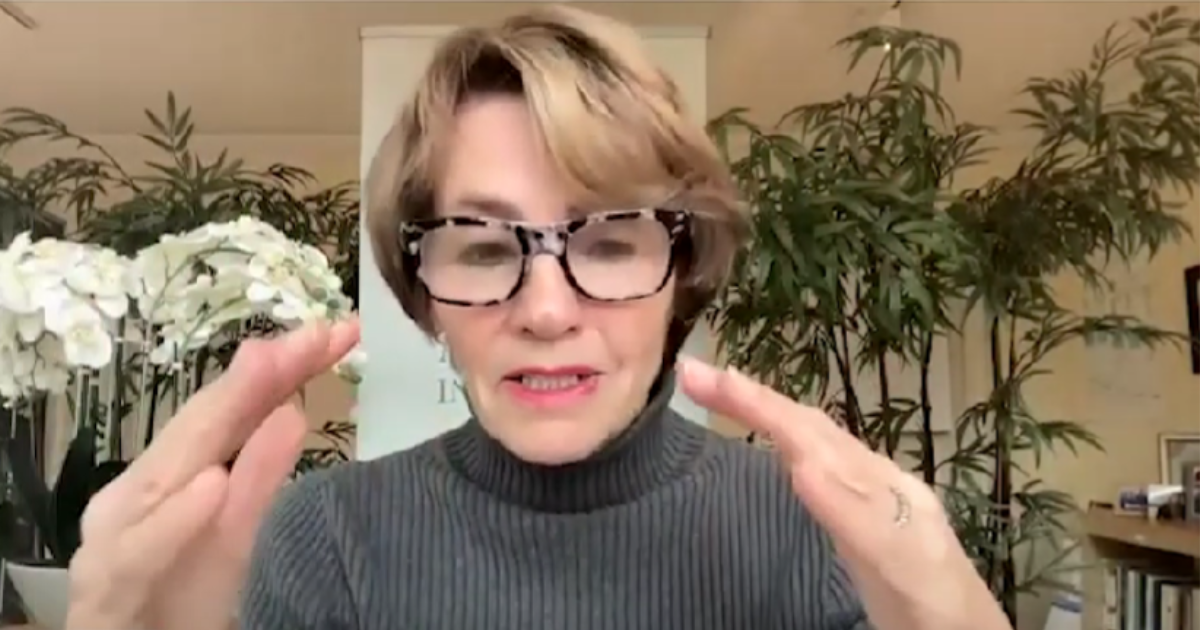On September 29, 2022, a panel including Kim Bach, Carrie Freeman-Parsons, Frank Smith, and Amy Wynn-Steffek discussed best practices for layoffs as a conscious employer.
Though nobody wants to have conversations involving layoffs, there are a number of options that can be explored to ensure the process is as amicable and seamless for all parties involved.
Here are four steps that can be taken to handle difficult conversations about layoffs in a conscious way.
Take Accountability
Regardless of the cause of layoffs there are likely some things that could have been done differently. “The first thing to do is an accountability exercise by leadership that takes the opportunity to say ‘How did we get here?'” Kim explained. “I think that we owe that to our employees.”
By participating in thought exercises like these, the leadership team can focus on how to better anticipate challenges in the future and prevent more layoffs down the road and ensure the business is in a better place moving forward.
Focus on the Employees
Though laying off employees is difficult for a leader, it is even more difficult being laid off. Keep this in mind throughout the entire process. Start by preparing managers and the HR team. They will be in every call and might not have handled layoffs in quite some time (or at all) so practice will be helpful. Run through likely outcomes of the conversations, including worst-case scenarios. Role-playing can even be helpful to some managers who might struggle with breaking difficult news. Equipping managers and HR obviously helps them feel more secure, but it is also beneficial to the employee being let go. A well-practiced manager will deliver all the necessary information more effectively.
During the meeting make sure that there is at least one manager and one HR representative present. Each conversation should be in-person whenever possible and with an individual rather than in a group setting. It is important to keep all conversations in one day so that employees are not on-edge wondering if they are next.
After the conversation treat the employee(s) with respect. Frank advocates for allowing them to return to their desk, sharing “Give them the dignity of being able to walk back to their workspace and get some of their personal items. Treat people like people, don’t treat them like they’ve done something wrong.” Amy added that giving employees options is ideal. Though many employees would want to return to their desks to gather their things, each person is different. Offer some alternatives, such as gathering their things for them or coming in after-hours in case they prefer not to pack up their belongings in front of colleagues.
Allow employees who are staying with the organization to talk about the layoffs. Address them in all-hands or team meetings and allow the team to ask questions or share concerns. These employees might have had friends or family laid off, so give them space to express themselves. Understand that they might be uneasy or sad for a longer timeframe than anticipated.
Maintain Transparency Whenever Possible
It can be beneficial to be transparent throughout the entire process when addressing layoffs in a public setting. After the leadership team’s accountability exercise it might be worth sharing the results with the rest of your team. Share the changes that can be made to strengthen the business moving forward.
When the organization struggles rumors tend to start. With that comes uncertainty and potential for inaccurate conclusions to be drawn. Frank shared when that happened to his organization in 2008 during the financial crisis. “Every time I would go into my business partner’s office everybody was making the assumption that ‘Oh they’re putting together the list’ which wasn’t the case at all.” When he heard this rumor, Frank addressed it publicly with his team. “We had a meeting and said, ‘Here’s where our cash reserve is, and we won’t lay anyone off until we get to here.'” Though it can be seen as a radical approach, Frank believes open books are the best way to make employees feel comfortable in their positions.
I typically interpret rumors as feedback that not enough conversations are happening.”
Kim Bach
Kim agreed that transparency is key, adding “I typically interpret rumors as feedback that not enough conversations are happening.” Employees may not need to see all the books or need to know specifics, but when rumors start, they should be addressed.
Explore Radical Solutions
Frank’s “open books” policy is not the only one he divulged that showed his commitment to conscious layoffs. He also shared that throughout his career, when his team has had to lay off a portion of their workforce, they found jobs for each person before letting them go. Not only does it make the news easier to digest, but it also shows that you are committed to your team members as people, not as assets.
“We literally had a meeting that said, ‘We have to lay you off, here’s a phone number, please call her, she’s ready for you, she has an interview lined up for you at 4:00 if you’re interested.'”
Frank shared a number of ways to go about this including contacting clients, partners, local placement firms, and even other companies within the same industry. It might sound like a bold strategy but looking out for employees even in the layoff process is a key piece of building a Conscious Culture.
Want to continue this conversation with other Conscious Leaders and gain access to exclusive post-event discussion questions? Join our Senior Leader Network for more.
Attend an upcoming virtual gathering
Our Virtual Gatherings are designed for business leaders, investors, and advocates who are looking to level-up their practice by learning from and connecting with Conscious Capitalists around the world.


